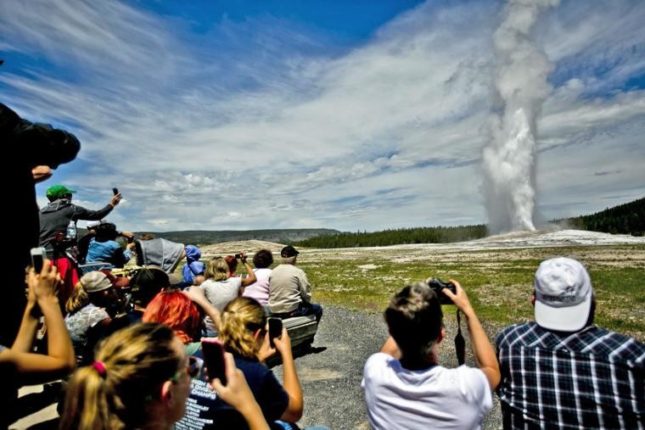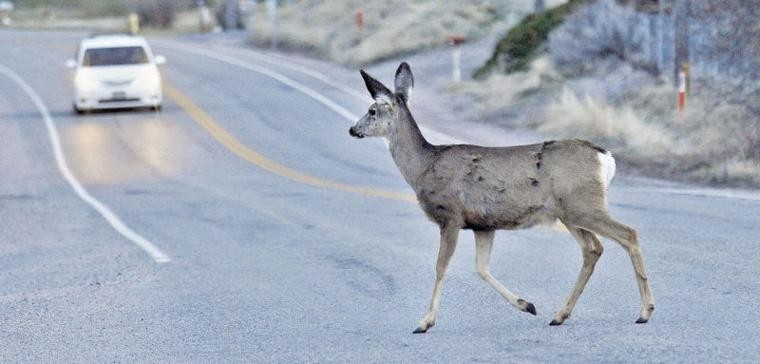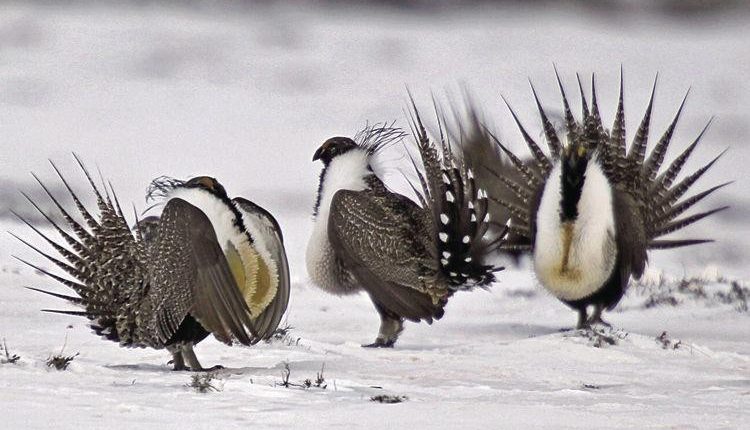OGDEN, Utah (AP) — It’s easy to find someone with a love for bicycles in Utah, but Mark Johnson looks at cycling a little differently than most.
“I want to ride a bike that’s kind of dangerous, that’s a little sketchy, that’s a little scary,” said Johnson.
This hunt for a treacherous bike is what led to Johnson riding around Ogden on a summer afternoon atop a giant steel and scrap-metal tricycle known as “The Mastodon.” The contraption is just the latest homemade set of wheels that he has built for UpCycle: Bikes and Boards. Johnson hopes to start a business taking old bikes and scraps and rebuilding them into rideable pieces of art.
Earlier this month, the Mastodon was circling outside of the Ogden Bicycle Collective, a nonprofit bike shop. Johnson came by the shop to use the shared tools and community work benches. After a recent crash on the bike, he was looking to straighten the 4-foot-long front forks and find new handlebars.
Johnson is built like a jiu-jitsu instructor — which he is — with sleeve tattoos, a greying beard and a tight knot of dreadlocks.
While focused on the technical aspects of repairing the Mastodon, he also has an infectious laugh as he and the shop mechanics try to figure out ways to repair a bike that is unlike any other.
“You never know what he’s going to come in with,” said J.P. Orquiz, the head mechanic at the collective.
On this day, some repairs could be done with a single wrench, while others involved Orquiz and Johnson standing on the bike and using scraps they found around the shop to try and bend the frame.
“Every time I come in here, I borrow some tool that they have to dust off,” said Johnson.
When he first came up with the idea for UpCycle, Johnson says he quickly had another realization: “I don’t know what the hell I’m doing.”
After a little digging, he found out about the Thursday night bicycle mechanic classes held at the collective. Along with the experience he gained at the classes, the shop also became a source for recycled bike parts and frames. That knowledge and raw materials are now being combined into not only the Mastodon, but other UpCycle machines like “the dog bike,” ‘’the surf bike” and “the murder bike.”
“They’re unique,” said Johnson. “Not everyone has a bike like that. Actually, not everyone wants a bike like that.”
Johnson’s moving sculptures are built for adults, but he describes the designs as ideas that would scare his mother mixed with childlike creativity. The Mastodon, for example, comes from a melding of his own ideas and inspiration from his 9-year-old son’s drawings of prehistoric animals.
“When you’re a kid, you have all of these ideas that we kind of mash down because we’re trying to be adults. The ideas are still there. They’re just buried. I try to dig up the old stuff,” said Johnson.
Officially, Johnson wants UpCycle to be a formal business, but he doesn’t have much concern about the actual business side of it. His current goal is to have 20 rigs ready to sell next year at Ogden’s farmers market. If he sells those bikes, he’ll start looking at plans to expand.
“If they don’t sell,” said Johnson, “then I’ll have 20 bikes and that’s awesome. Either way, it’s win-win.”



